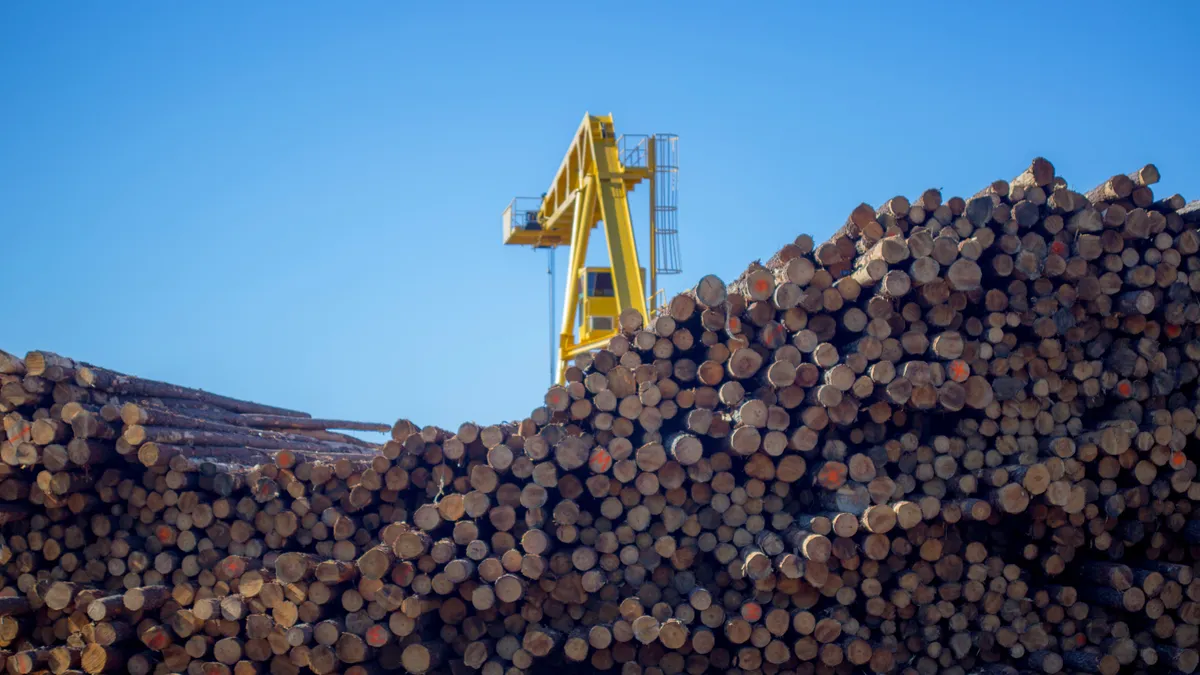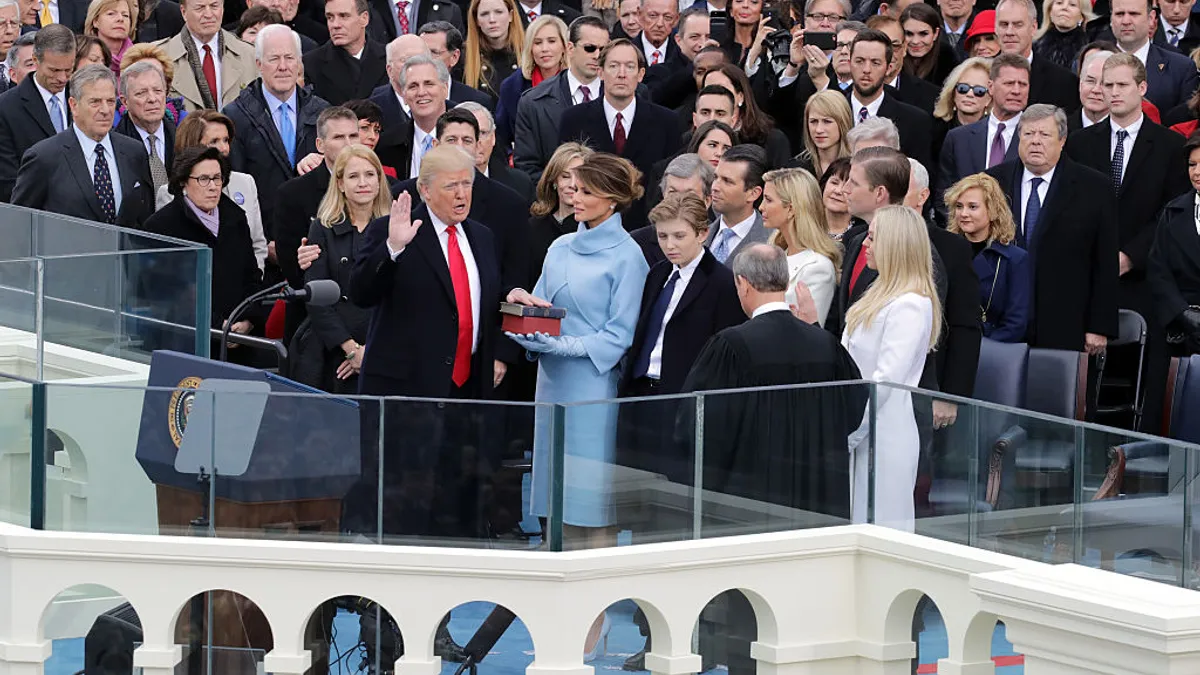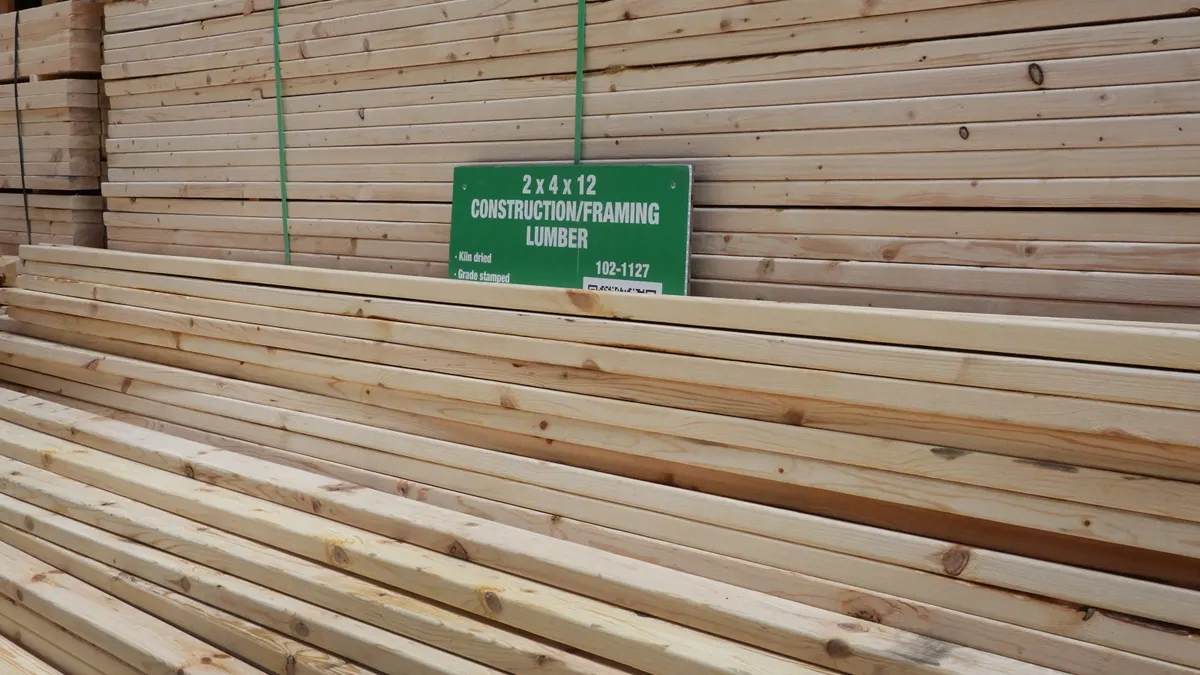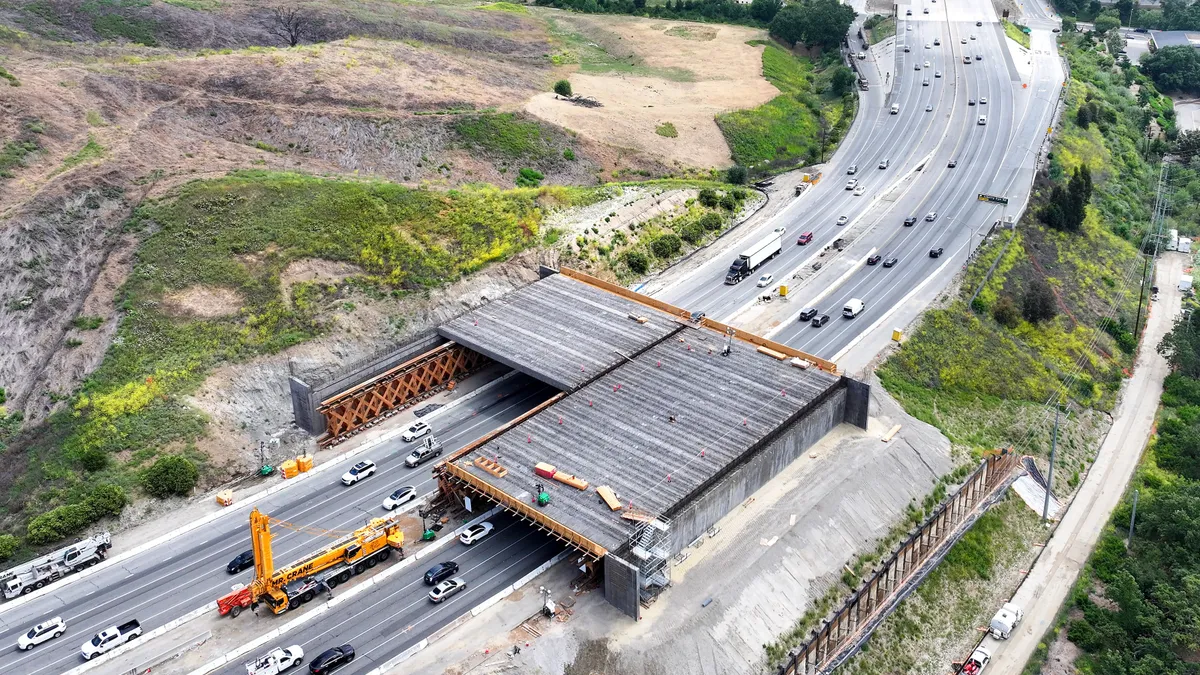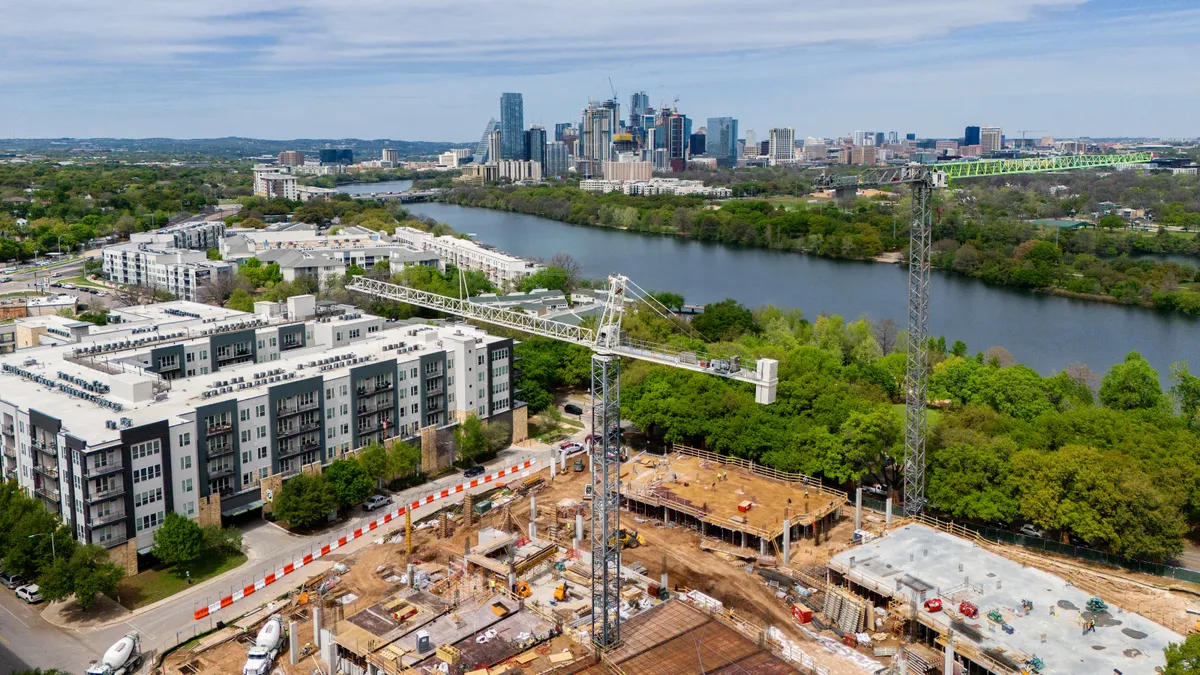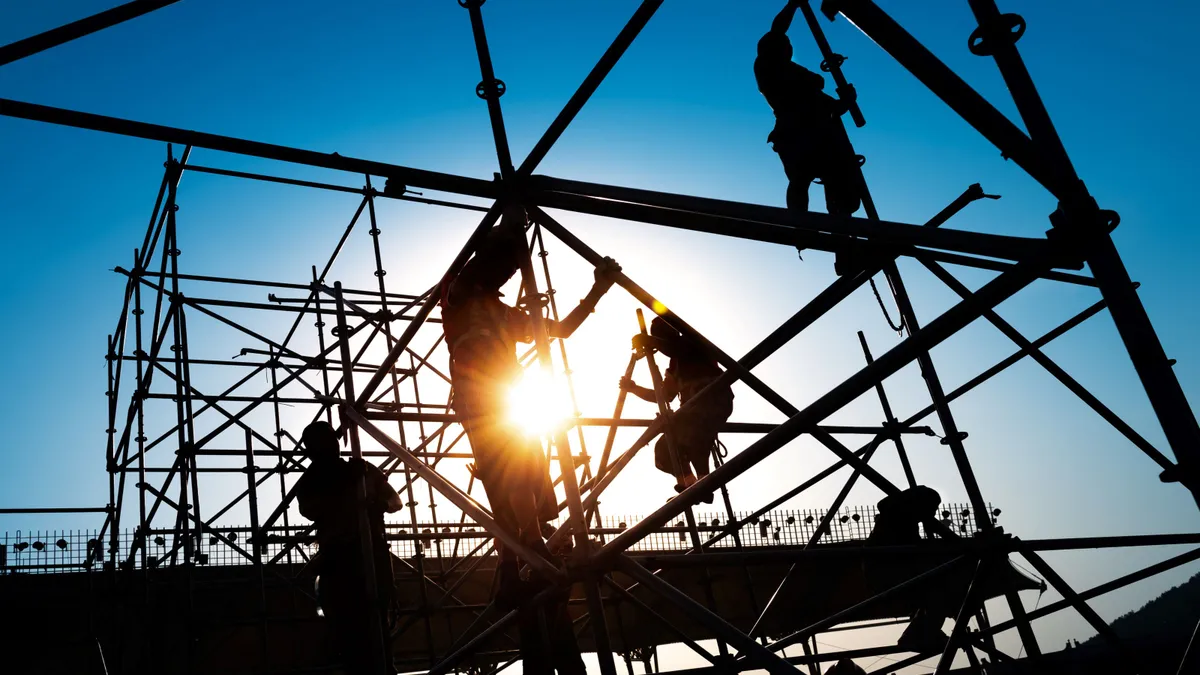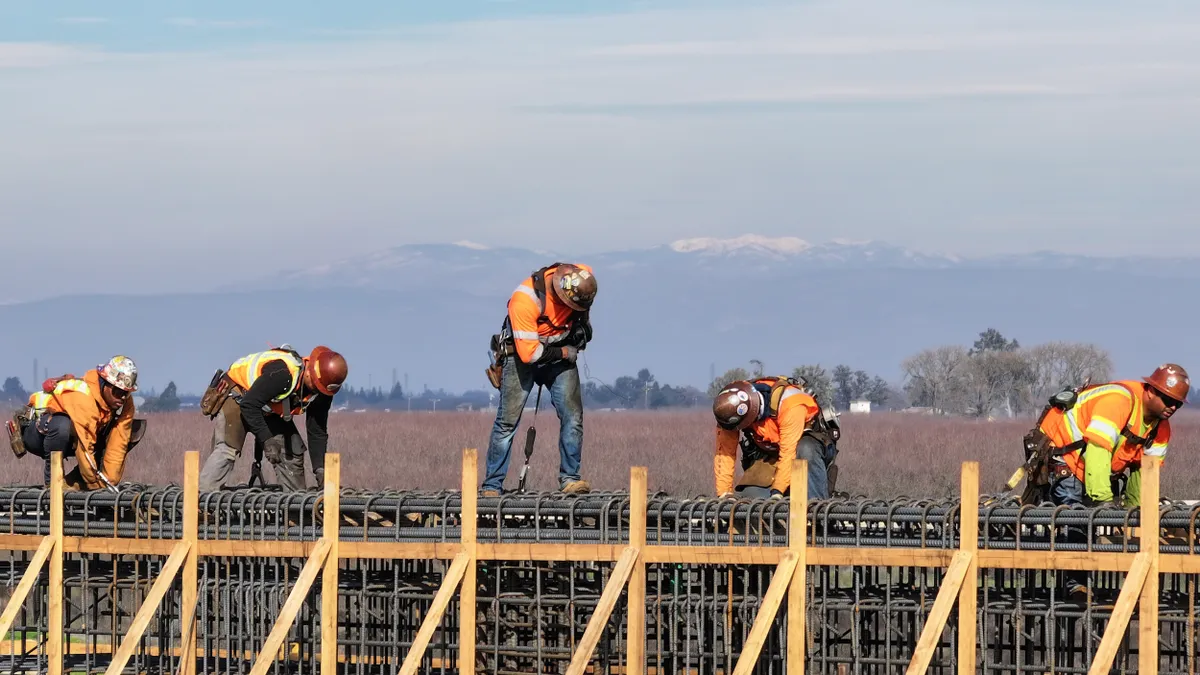For the past several months, the industry has been reeling over speculation about impending tariffs on Canadian softwood lumber and what they might mean for the housing industry.
With the announcement of the first round of duties a few weeks ago, official answers have started coming — but there’s still plenty of uncertainty and potential for volatility left in the immediate wake.
How we got here
The flurry of activity began when the existing Softwood Lumber Agreement between the U.S. and Canada expired in October 2015, followed by the lapse of the subsequent grace period in October 2016. The deal had addressed concerns by U.S. lumber producers that, due to subsidies from their provincial governments, some Canadian mills were able to sell their products into the U.S. at below-market rates, which the U.S. producers alleged gave an unfair advantage.
In the absence of a new agreement since the grace period ended in October, lumber dealers and builders have been bracing for the U.S. government to begin placing duties on Canadian lumber imports to balance the impact of the subsidies. The anticipation of the tariffs, and the likelihood that they would be retroactively enforced, sent softwood lumber prices in the U.S. climbing: up 7.2% in the first quarter of 2017 and 12.9% from March of last year.
The word finally came late last month, when the U.S. Department of Commerce announced preliminary 20% average countervailing duties against Canadian producers (ranging from 3% to 24%, depending on the producer) following an investigation into their dealings. Though the taxes were lower than some had expected, there are still more tariffs to come: the Commerce Department is expected to announce antidumping duties on June 23.
“The implication of the trade law over a period of time is simply shifting some of the supply to the U.S. market away from Canada to U.S. producers by way of leveling the playing field,” said Zoltan van Heyningen, executive director of the U.S. Lumber Coalition, which represents softwood lumber producers.
What the tariffs mean for product, home prices
The National Association of Home Builders has come out strongly against the tariffs. In a statement, NAHB Chairman Granger MacDonald called the decision “short-sighted” and said that it “will ultimately do nothing to resolve issues causing the U.S.–Canadian lumber trade dispute but will negatively harm American consumers and housing affordability.”
The NAHB says a typical single-family home uses roughly 15,000 board feet of lumber, and that the Q1 price hikes could add nearly $3,600 to the price of a new home.
The U.S. Lumber Coalition offers a different view of price impacts, saying that the total cost of lumber for a $350,000 house is $6,000, for which duties would add an additional $400. “An average home uses 13,000 board feet of lumber,” van Heyningen said. “With an average composite framing lumber price of $435 today, it adds up to $5,655 total in the cost for lumber, which makes it impossible for a 20% duty on one-third of that lumber to result in a cost increase of $3,600 to the consumer.”
In its Q1 2017 earnings call, national homebuilder CalAtlantic addressed the lumber tariffs specifically. “We will see a 5% to 6% increase on certain lumber components in the second quarter starts, which equates to about $735 per home,” the company's president and CEO, Larry Nicholson, said. “This price is locked in and will not change. We would expect to see a similar increase in the third quarter unless there is an agreement reached on Canadian lumber or demand stabilizes. We believe there is enough pricing power in most of our markets that we can cover our increased costs as long as the market continues on its current path.”
For lumber and building material dealers, the first set of tariffs came in slightly lower than some expected, said Jeff Keller, director of legislative and regulatory affairs for the Northeastern Retail Lumber Association. Prices had already started to climb in anticipation of the tariffs, he said, noting that the first tariff announcement hasn’t jarred the market too much yet.
Although an increase in domestic production is expected, it won't happen right away. In addition to the anticipation of more duties on Canadian lumber imports coming in June, court cases or retaliation tariffs could cause lumber prices to continue to change. As a result, NAHB Chief Economist Robert Dietz expects week-to-week volatility in the meantime.
That inconsistency is likely to affect home prices. Whether it will go so far as to hamper starts is yet to be determined. Keller noted that the general economic picture will also play a role — if consumer confidence wanes on top of the price increases, that’s when purchasing, and by extension starts, may be more acutely affected.
According to NAHB CEO Jerry Howard, with the current environment of elevated home prices nationwide, there are some housing price-points for which builders simply cannot pass along the increased costs to their buyers — the rise in lumber prices would and may price some entry- and mid-level buyers out of the market entirely.
“There’s a great deal of uncertainty in the marketplace right now,” Howard said, including the impending antidumping duties and whether Canada will retaliate. “This uncertainty impacts the market at the exact wrong time. Spring is the beginning of the building season, and for builders to not be able to rely on consistent pricing and supply, this is a really bad time.”
Lumber prices will remain uncertain until a long-term trade plan for the material between the U.S. and Canada is reached — whether that is to craft a new agreement entirely, revive and roll the lapsed deal into NAFTA, or to tie lumber in with other imports on the Trump Administration’s watch list, such as dairy. “Until that’s decided,” Keller said, “it’s hard to gauge how to move forward and what forward really means.”
What the tariffs mean for supply
Along with pricing concerns, the industry is worried about the size of the domestic lumber supply. One-third of U.S. lumber supplies are imported, according to the NAHB, and more than 95% of those imports come from Canada.
Facing the tariffs, Canada has indicated it is looking to other countries, including China, to export its lumber.
“The fact that Canada is seeking alternative sources to the U.S. for its lumber exports should serve as a wake-up call to Washington policymakers,” MacDonald said in a statement prior to the first tariff announcement, noting that the U.S. does not currently produce enough lumber to meet local demand.
Howard said the association is pursuing multiple avenues on behalf of members, such as requesting that the government open more domestic harvest and exploring product alternatives, from steel studs to imports from other regions, including the Baltic states and Latin America.
The U.S. Lumber Coalition says the duties will not create a disruption in supply. If lumber producers ramp up to 2005 production levels, they can supply 85% of the market, van Heyningen said. “What you’ll really see is a shift in where the supply is coming from," he said.
Time will tell. “It’s a lot of anticipation,” Keller said. “While the duties sound high, they weren’t as bad as people were thinking. And now it’s waiting until June 23 [for the antidumping duties decision] … that’s going to be the starting foundation to deciding how we want to approach this."


